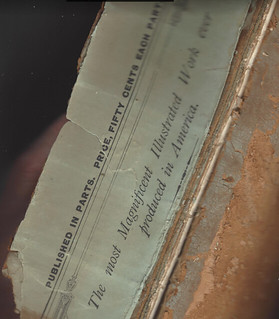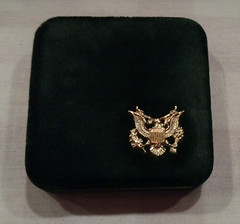
PREV ARTICLE
NEXT ARTICLE
FULL ISSUE
PREV FULL ISSUE
NOTES FROM E-SYLUM READERS: JULY 22, 2018 More on Fake Sycee-Like Ingots 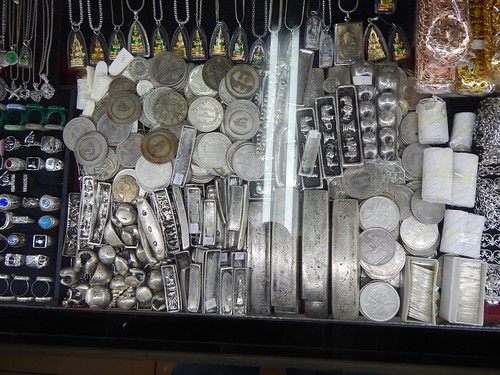
Howard Daniel writes: The above picture shows a case in a Southeast Asian jewelry store selling replica numismatic pieces from several countries and colonies. This case does not have sycee from China but others will have them. There are several Vietnamese 10 Lang (Ounce) silver ingot in it. If you ask the owner if they have authentic pieces, most will tell you they are authentic, but there are also many who will go to their safe and pull a few out to offer you. The authentic pieces will not be cheap but very close to retail in the numismatic markets. Many years ago, one or more dealers in Bangkok countermarked authentic Vietnamese 10 Lang silver ingots with emperor names and dates to enhance their values. The poor calligraphy can usually identify these countermarks. Many of them are often sold in major auctions and price lists because the sellers cannot tell if the calligraphy was done by a literate person. I am often asked to authenticate the pieces shown in the case and told they were guaranteed to be authentic by the seller, or they came from an "old" collection. There are ingots of good silver in the case because some locals will buy them to store their wealth. But there are also white metal, silver wash and plated over copper (or other metals) ingots which are sold to the tourists. The tourists usually think the seller is uninformed of the ingots' values and greed takes over their judgement.
Thanks. Fakes abound, and everyone needs to be cautious. -Editor
To read the earlier E-Sylum article, see:
Query: Book Cutting Identification Sought 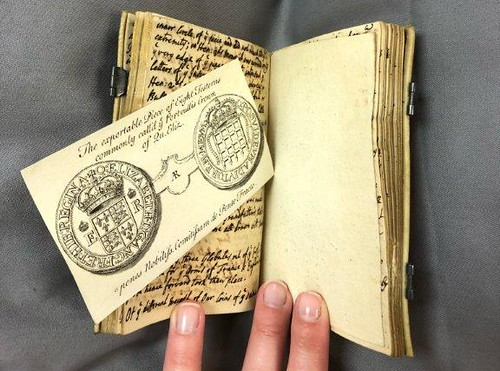
David Pickup writes: Could any of your readers identify where the cutting in this book comes from please? It is loose in an old collector's notebook. I think it might be Stephen Leake's An Historical Account of English Money. It might help date the book.
Great question - can anyone help? -Editor Query: Were Treasury Vignette Books Sold By Subscription?
Well, as a longtime bibliophile I know that scrap paper and other book parts are often pressed into service as filler when binding other books - economical sausage-making at its best. So I wouldn't have been surprised to learn this fragment had nothing to do with the book at hand. To find a possible answer, I entered the exact phrase "the most magnificent illustrated work ever produced in America" into our old friend Dr. Google, and found what looks like a likely match: Picturesque America, Or the Land We Live In, a large two-volume edition by William Cullen Bryant published by D. Appleton and Company in 1872 and 1874. It was published and delivered as a subscription; semi-monthly parts were sent out to subscribers. If Mike's book was bound after that time period, it could be that fliers for the Bryant book were used as filler. I'm not aware that these vignettes were ever available by subscription - these books were usually assembled periodically for Treasury bigwigs based on what printed vignettes were on hand, another great example of recycling what might otherwise become trash. I reached out to numismatic literature dealer George Kolbe for his thoughts. -Editor George writes: Your explanation is doubtless correct.
Thanks for a great question! -Editor U.S. Mint Green Display Boxes You forgot to mention that the U. S. Mint box was Green! That’s what makes it unusual. I have 40 - 50 of them, all with common Morgan or Peace silver dollars that Joe Gallo said came from the U.S. Mint store in Union Station in Washington, D.C.
To read the earlier E-Sylum article, see:
On Treating Musty-Smelling Books My suggestions to reduce the musty smell in books: 1. Seal the book in a plastic bag with baking soda. Separate the book so it is not in direct contact with the powder. 2. Seal the book in a plastic bag with kitty litter. Apparently kitty litter has baking soda as an active ingredient. Keep this away from cats. 3. Put a laundry drier sheet in the pages of the book and seal it in a plastic bag. I don't know how much the drier sheet absorbs the smell and how much it leaves a different pleasant smell. It might help if the book could be put on edge with the pages fanned open. There will not be much air circulation inside the bag. I have never tried any of these techniques. I don't know how long they take to work. It probably relates to temperature and the extent of the damage. One week might work but a month would probably be better Dick Johnson writes: John Davenport was an expert on world crown size coins, writing several books on the subject. He moved from Davenport, Illinois to Florida in his retirement. After he died his extensive library was located but it was found a moldy mess. Completely valueless. I have found this true of several books I have acquired from Florida. The atmosphere is so moisture-laden there that mold readily grows on paper pages. Libraries everywhere must be kept in controlled atmospheric conditions, with low moisture content.
For a great (but sad) report on Davenport's library "HOW NOT TO STORE BOOKS IN MIAMI", see Alan Luedeking's submission from the July 29, 2001 issue, linked below. -Editor
To read the earlier E-Sylum articles, see:
PNG Authentication Certificates I’ve been following the Breen/Taxay and now ANACS pre-slab authentication certificates. Has anyone reported a Professional Numismatists Guild authentication certificate? I have one for a piece of Ming Dynasty paper money I bought years ago.
Gerry's report is the first we've seen in The E-Sylum. His piece wasn't readily available for scanning. Would anyone else have a PNG certificate image they could share? Thanks. -Editor
To read the earlier E-Sylum articles, see:
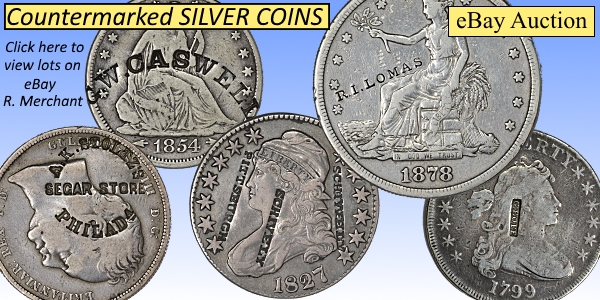
Wayne Homren, Editor The Numismatic Bibliomania Society is a non-profit organization promoting numismatic literature. See our web site at coinbooks.org. To submit items for publication in The E-Sylum, write to the Editor at this address: whomren@gmail.com To subscribe go to: https://my.binhost.com/lists/listinfo/esylum All Rights Reserved. NBS Home Page Contact the NBS webmaster 
|
